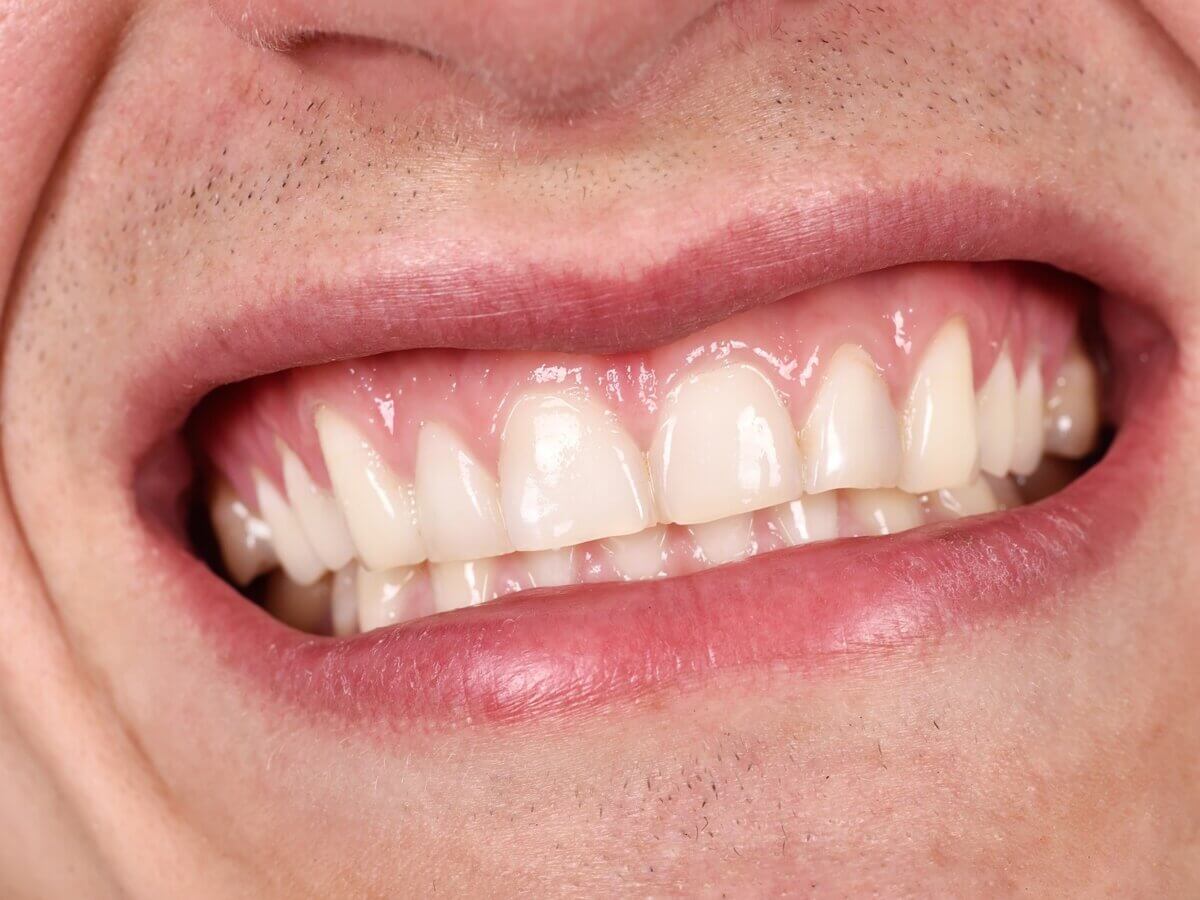Blog
Dental hygiene tips for healthy teeth & gums

Signs of Gum Disease
Nobody likes the falling of their teeth at any condition. But unfortunately, with the increasing age, the teeth become prone to cavities, decay, and then you lose them all. Gum diseases occur at the roots of the teeth and are usually caused by a lack of nutrients resulting in bone loss and chronic inflammation in the area of your gums. Gum diseases occur in three stages; they are gingivitis, periodontitis, and advanced periodontitis.
Now before gum diseases become severe at some stage and cause long-lasting effects, one should be aware of the signs and symptoms. Have a look at some of them-
Swelling in gums– In the early stage of gum diseases, the sufferer will experience pain in the gums, and the pinkish color will turn reddish. Swollen gums look bulged out and follow a different line, unlike others. In some cases, the gums may even start hiding some parts of the teeth. Further, you will find these painful gums to bleed frequently. If you discover any of such signs, you must understand that it is the gingivitis-the first stage of gum disease.
Red-blue gums– Though the color of the gums may vary from person to person, the usual color is pink. If you find any change in the color of the gums suddenly, you need to connect to the dentist to inquire about the reasons. You also need to know that the reddish and bluish coloration in the gums may be a result of acne medications and smoking. However, if the coloration is accompanied by the bad breath, fever, and pain in the gums, you need to be careful.
Bleeding gums– Gums can bleed for more than one reason. They can bleed when hard brushing and flossing is done over them or when you use blood thinners consistently. But frequent bleeding of gums without any of these reasons has to be addressed as this can be an indicator of severe gum disease.
Sensitivity– Whenever the teeth or the gums are attacked by the bacterias, one common sign to warm you is the sensitivity towards the hot or cold food. You will not know where the pain has come, and it will do the work gradually, making the process of eating difficult.
Bad breath– when the bacterias accumulate in the teeth and cause plaque formation and cause the toxins that gradually irritates the gums. These toxins also break down the tissues around the teeth; these food particles later cause bad breath in the mouth and poor health in some cases.
Receding gums– When the above-mentioned signs are avoided, the sufferers will now face receding gums- the roots of the teeth will be exposed, and the difference between damaged and fine areas can be clearly seen. Though this can be the side-effect of other diseases too, you should consult with the dentist for this.
All the signs and symptoms listed above are an indication of the prevailing gum diseases and should be taken seriously. Apart from this, one must visit the dentist frequently and get the teeth and gums checked regularly. Routine checkups will prevent your dental health from getting worsened.
Book Appointment to find out which treatment might be best for you.


